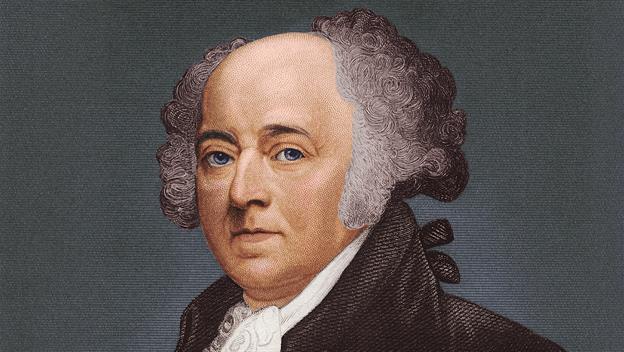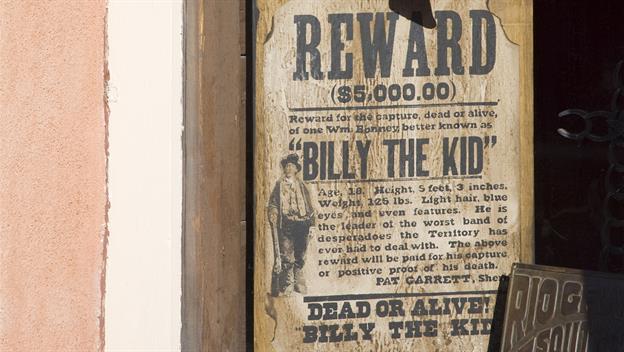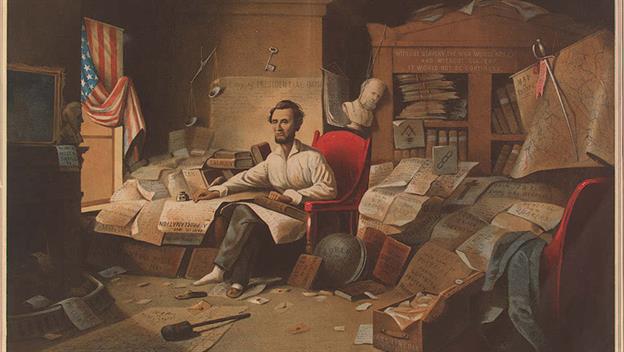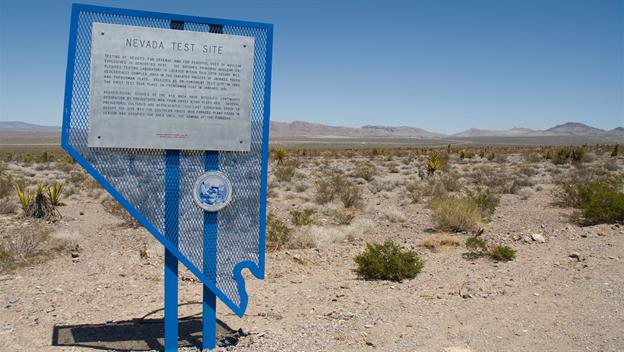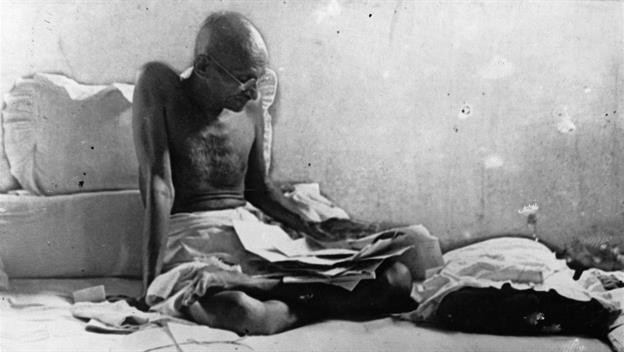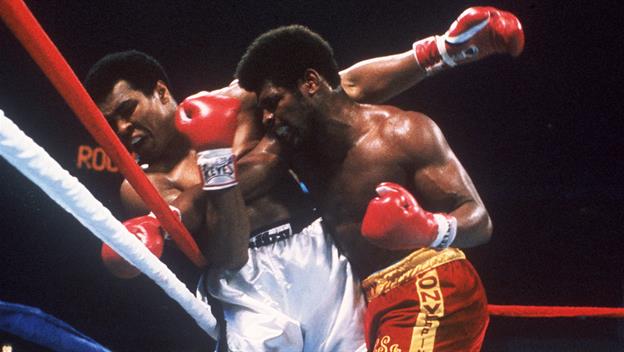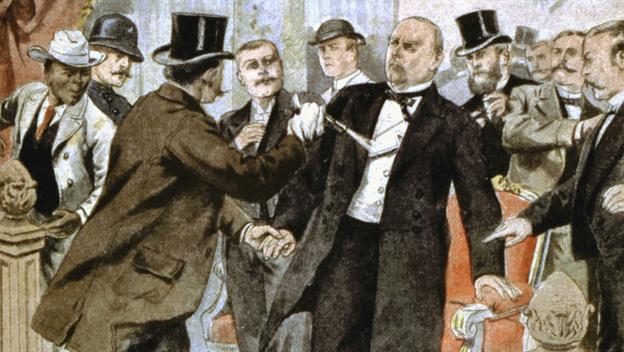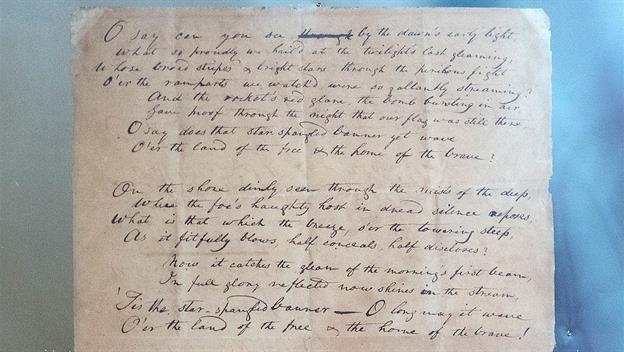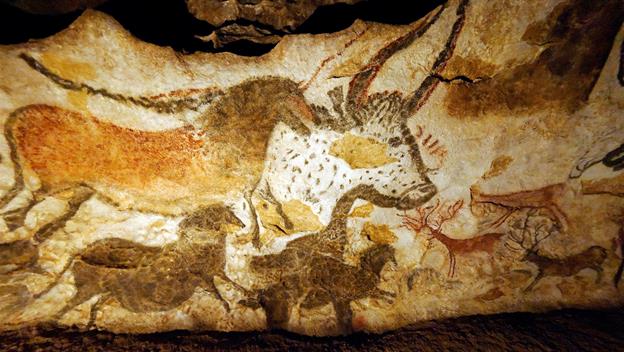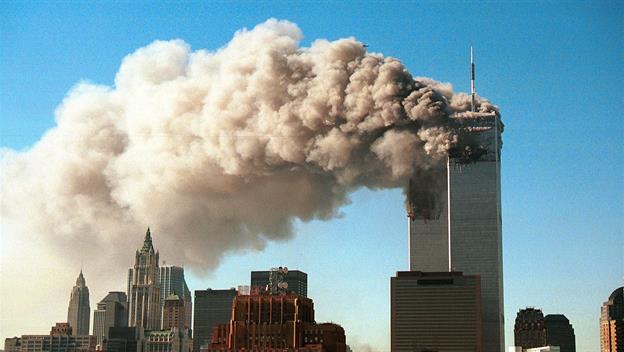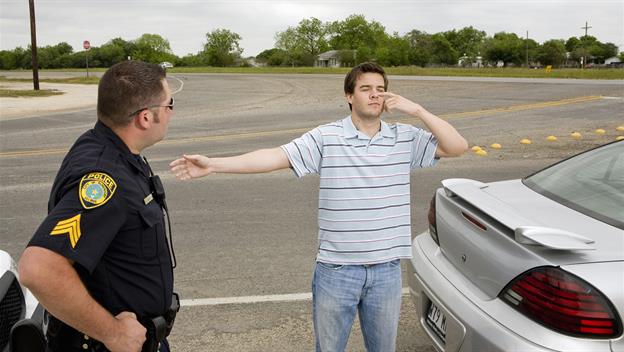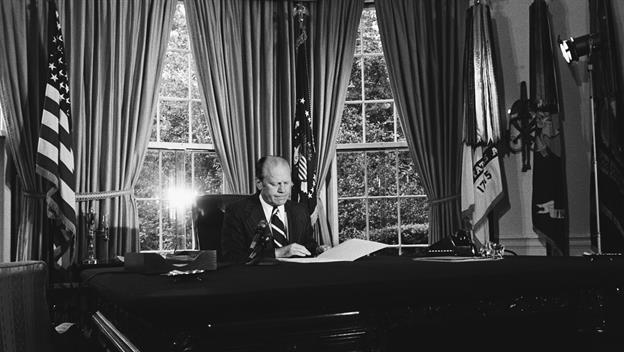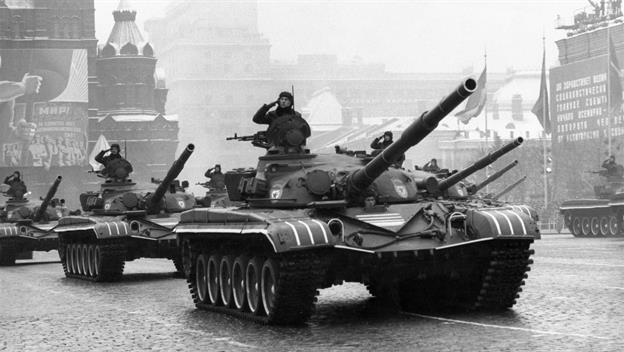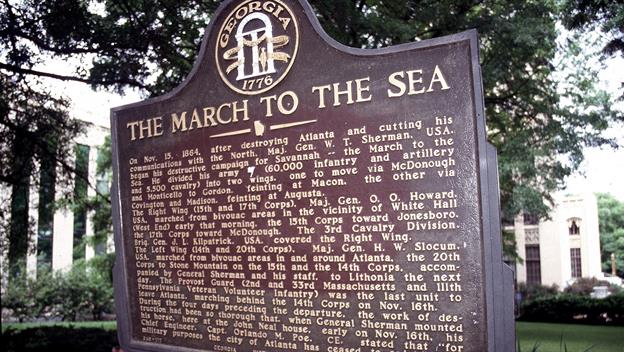2005
On this day in 2005, New York Times reporter Judith
Miller is released from a federal detention center in Alexandria,
Virginia, after agreeing to testify in the investigation into the
leaking of the identity of covert CIA officer Valerie Plame. Miller had
been behind bars since July 6, 2005, for refusing to reveal a
confidential source and testify before a grand jury that was looking
into the so-called Plame Affair. She decided to testify after the source
she had been protecting, I. Lewis “Scooter” Libby, Vice President Dick
Cheney’s chief of staff, signed a waiver giving her permission to speak.
The Plame Affair dates back to a July 6, 2003 op-ed piece for the New York Times written by former U.S. diplomat Joseph Wilson, Plame’s husband. In it, Wilson questioned the Bush Administration’s reasons for going to war in Iraq. Later that month, on July 14, undercover agent Valerie Plame’s identity was revealed in a newspaper column by Robert Novak. Wilson’s claim that the disclosure was retaliation by the White House for his op-ed piece sparked an investigation in December 2003 led by special prosecutor Patrick Fitzgerald. A 1982 law made it illegal to reveal information about a covert agent to anyone not authorized to receive such classified information.
Fitzgerald interviewed President George W. Bush, Vice President Cheney and other top administration officials, along with various journalists. Although Miller hadn’t written an article about Plame, she did meet with Libby shortly after Wilson’s op-ed piece was published and Fitzgerald believed Miller had information that was relevant to his investigation.
After 85 days in jail, Miller was released and testified before a grand jury that prior to the Novak column, she had several discussions with Scooter Libby in which he talked about Plame. On November 9 of that same year, Miller announced her retirement from the Times after a 28-year career with the newspaper.
On March 6, 2007, Scooter Libby was convicted of obstruction of justice, perjury and making false statements to federal investigators in the Plame investigation. In June, he was sentenced to 30 months in federal prison and fined $250,000. However, one month later, on July 2, President George W. Bush commuted Libby’s prison term before the ex-White House aide served any time.
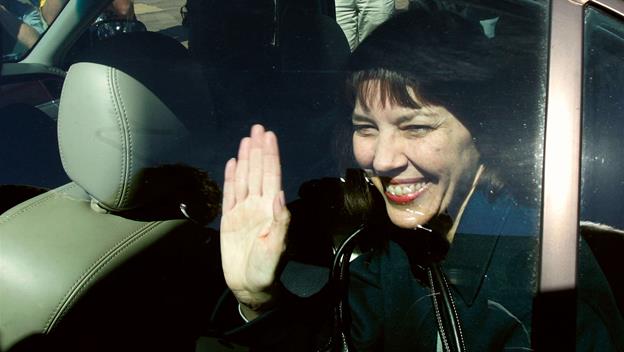
Reporter Judith Miller released from prison
The Plame Affair dates back to a July 6, 2003 op-ed piece for the New York Times written by former U.S. diplomat Joseph Wilson, Plame’s husband. In it, Wilson questioned the Bush Administration’s reasons for going to war in Iraq. Later that month, on July 14, undercover agent Valerie Plame’s identity was revealed in a newspaper column by Robert Novak. Wilson’s claim that the disclosure was retaliation by the White House for his op-ed piece sparked an investigation in December 2003 led by special prosecutor Patrick Fitzgerald. A 1982 law made it illegal to reveal information about a covert agent to anyone not authorized to receive such classified information.
Fitzgerald interviewed President George W. Bush, Vice President Cheney and other top administration officials, along with various journalists. Although Miller hadn’t written an article about Plame, she did meet with Libby shortly after Wilson’s op-ed piece was published and Fitzgerald believed Miller had information that was relevant to his investigation.
After 85 days in jail, Miller was released and testified before a grand jury that prior to the Novak column, she had several discussions with Scooter Libby in which he talked about Plame. On November 9 of that same year, Miller announced her retirement from the Times after a 28-year career with the newspaper.
On March 6, 2007, Scooter Libby was convicted of obstruction of justice, perjury and making false statements to federal investigators in the Plame investigation. In June, he was sentenced to 30 months in federal prison and fined $250,000. However, one month later, on July 2, President George W. Bush commuted Libby’s prison term before the ex-White House aide served any time.


